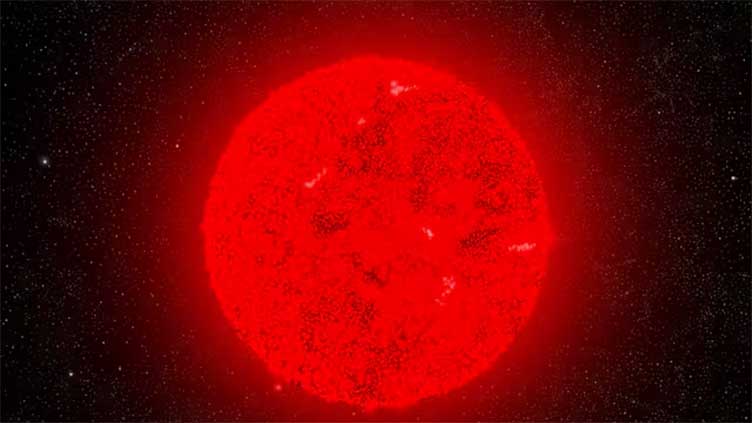Milky Way cluster with monster stars million times brighter than sun stuns astronomers

Technology
Astronomers have discovered an unexplored cluster
(Web Desk) - Astronomers have discovered an unexplored cluster in the Milky Way with potentially dangerous regions.
Known as Barbá 2, it is around 24,000 light-years away from Earth. The Barbá 2 cluster is home to red supergiant stars, some of which are hundreds of times wider than the sun and up to 1,000,000 times brighter than our star.
The cluster was found using the Gaia space telescope. Ignacio Negueruela, a researcher at the Universidad de Alicante and a part of the team that saw the Barbá 2 cluster, told Space.com, "Clusters rich in red supergiants are very rare and tend to be very far away, but they play a crucial role in understanding key aspects in the evolution of massive stars."
The sheer size of these giant stars means that they burn through their nuclear fuel a lot faster than our sun.
Because of this, these monster stars are only expected to stay alive for a few million years.
Notably, our sun has been predicted to have around 10 billion years left in its life.
Open star clusters are extremely common in the Milky Way, with over 1,110 already been found. However, what makes Barbá 2 unique is the presence of several supergiants in the same cluster.
LIFE AND DEATH OF STARS
Negueruela says the discovery is important in understanding how a star becomes a red supergiant and how its fate is affected by this process.
"Finding a cluster like Barbá 2, which can be observed with a mid-sized telescope, is a significant and exciting discovery for astronomers," he said.
Negueruela says that the discovery of this cluster packed with supergiants can help understand why some stars towards the end of their lifetime become neutron stars while others become black holes.
With smaller stars, the gravitational collapse creates a stellar remnant called a white dwarf. Some of the bigger stars become neutron stars because of the crushing down of the massive stellar core that forces together electrons and protons.
Other stars following a complete collapse are transformed into a stellar-mass black hole. It has a dense mass at its centre and a boundary around it from which not even light can escape.
"These clusters are valuable to astronomers because they help us understand red supergiants, which are otherwise challenging to study on their own."
The Barbá cluster was discovered around 10 years back by astronomer Rodolfo Barbá. But he died in 2021 and his findings remained unpublished.
Negueruela said that Rodolfo made many stunning discoveries but a lot of them never got published. "After Rodolfo passed away, his close collaborator Jesús Maíz took on the task of ensuring that his work would be published," he said.


